|
|
|
|
|
Dear reader
|
This June, the European WtE 2030 consortium, led by SINTEF Energy Research, started a 3-year research project to contribute to improving the performance of existing WtE plants and ensure their relevance in the upcoming circular economy. The main R&D activities, methodology and objectives are summarised in the figure below. Additional R&D activities – enabling WtE to expand beyond its current boundaries – include heat storage, fly ash valorisation and circular economy considerations.
|
|

|
|
WtE 2030 is a Knowledge-building Project for Industry (KPN) co-funded by the Research Council of Norway EnergiX program, Enova SF and the WtE 2030 industry partners: Hitachi Zosen Inova AG, Statkraft Varme AS, Returkraft AS, EGE Oslo and NOAH AS. The R&D partners are SINTEF Energy Research (project leader), NTNU and Åbo Akademi.
|
|
|
|
2018 progress update (scientific activities) and further work
|
SP1 – Process analysis and dynamic modelling
|
During the first six months of activity, the work in SP1 has been focused on the development of a model that can describe the dynamic behaviour of the conversion processes taking place in the waste combustion chamber, the heat recovery in the boiler, and the further utilization of the produced steam to generate electric power and/or district heating.
|
Collaborating with industry partners has been very beneficial. The operational history from existing WtE plants is an important resource not only in the development of the model, but also for its validation and eventual identification of parts to be improved. While data from the operation of a WtE plant have been used to build a first version of the model, we intend to use operational data from different plants to further validate and improve the model.
|
The dynamic model allows us to account for variations in operational parameters. Indeed, heterogeneity in waste composition and variations in district heating load make plant operation challenging. Thus, in the next step to model validation, we will use the dynamic model to explore how such variations influence the process, and we will try to identify strategies to improve process stability.
|
Moreover, the present dynamic model will be expanded to describe the components which are currently not included in the model (e.g. flue gas cleaning unit).
|
|
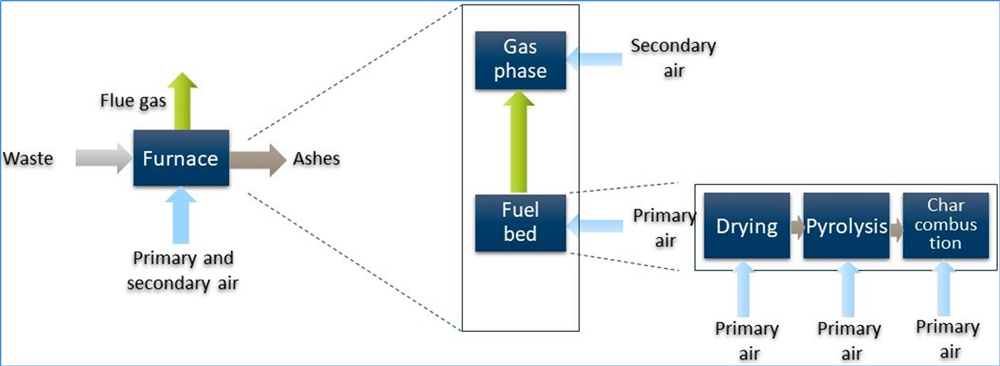
|
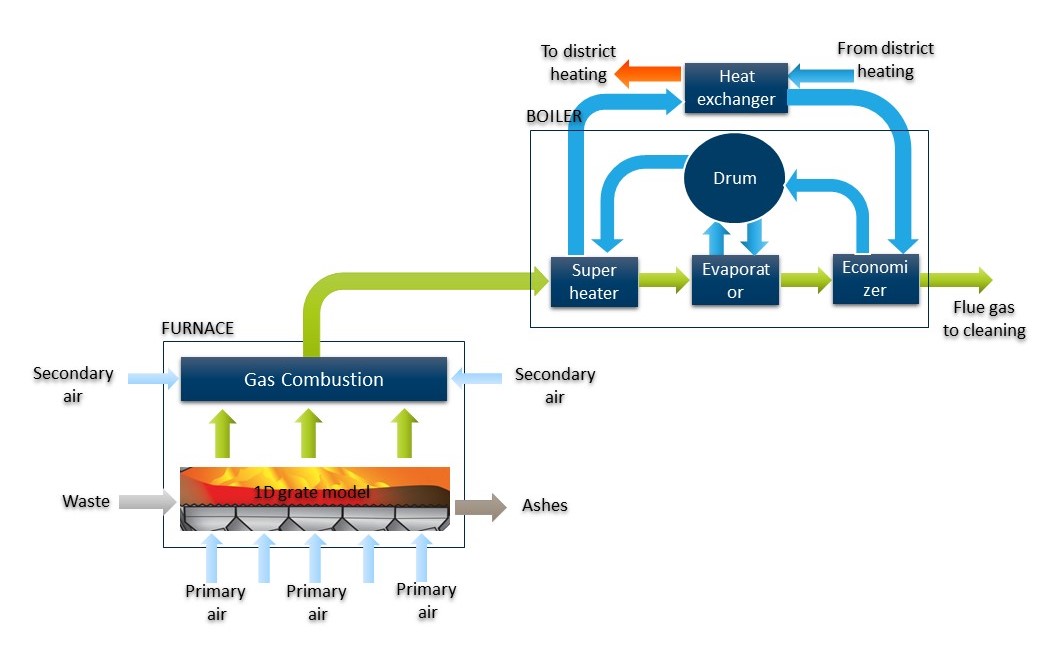
|
|
Two illustrations of building blocks (sub-models) constituting the dynamic model. The number and complexity of the blocks are gradually expanded as the model is improved. The model is MATLAB-based. Ref. SINTEF Energy Research
|
|
|
SP2 – Sensor development (NTNU PostDoc)
|
|
The 2018 activity has focused on preliminary studies of sensor options for physical and chemical classification/characterization of solid waste. We have reviewed the scientific literature with respect to methodologies for solid waste characterization. We have identified optical imaging techniques, including spectral imaging, as promising (see picture below). These technologies are well established as tools for central sorting of municipal waste. As an alternative to spectral imaging in the near infrared region, we have also explored the use of scanning beam and spatial averaged spectroscopy.
|
|
To complement the optical techniques, we have identified electromagnetic sensors as an option. This class of sensors includes microwave propagation, impedance sensing and Eddy current sensors. Further detailed studies will be carried out by a NTNU postdoctoral fellow starting in early 2019. NTNU is now in the final stage of recruiting for the position.
|
|
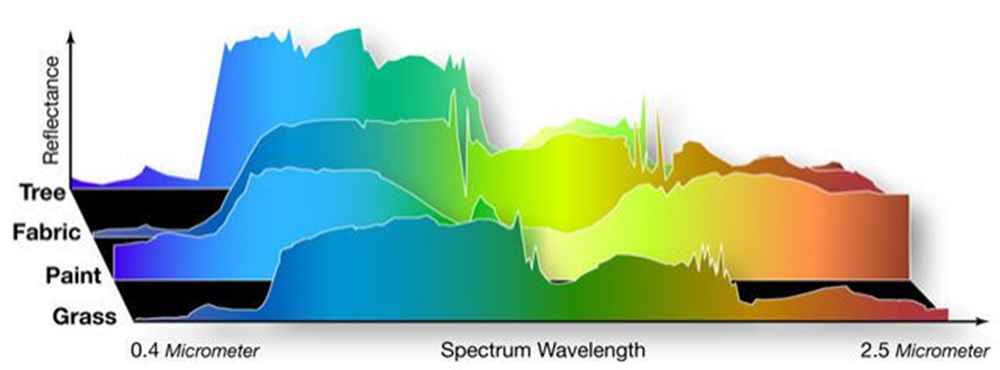
|
In 2018 the focus has been on heat storage. In dialogue with the PREWIN European network, SINTEF designed a survey (3 versions) on the topic. The survey was sent out to all PREWIN participants (ca. 100 representing a wide range of WtE actors) in early December. The goal of this survey is to have a better overview of the development status of this technology in the WtE sector as well as identify benefits and hurdles concerning its implementation in various EU countries.
|
|
There are three different surveys:
|
|
1 - A survey for plants with heat storage
|
|
2 - A survey for plants without heat storage
|
3 - A survey for technology providers
|
Responses will be summarized and critically assessed by SINTEF in a presentation that will preserve anonymity and will be made available to PREWIN members and WtE 2030 partners.
|
|
SP4 – WtE in the circular economy
|
Fly ash valorization has been the main topic studied by Åbo Akademi (with the help of SINTEF) in SP4 in 2018. Fly ash from waste incineration contains several valuable elements and is an interesting secondary source of metals and other elements. Due to the volatility of many metals in incineration, they are enriched in the fly ash. These heavy metals and other minor impurities make it problematic for disposal, and fly ash from waste incineration is therefore regarded as a hazardous waste.
|
Instead of landfill of fly ashes, the recovery of valuable elements and stabilisation of the ash is of great interest. In this task, we will look at the occurrence of valuable elements problematic for disposal and find strategies to enrich and recover these elements. The goal is to find a concept for leaching target elements from fly ashes. Detailed elemental analysis of ESP and baghouse filter ashes from several partners' WtE incinerators will be made, including standard elemental analysis, SEM-EDX and XRD analysis.
|
|
Leaching experiments using various leaching agents will be used to find a concept for recovering target elements or to stabilize the ash. Different reactor setups and leaching agents will be used, including, for example, water, HCl, and HNO3. The effect of temperature and ultrasonic assisted leaching will also be evaluated. The experimental work will be conducted in 2019.
|
|
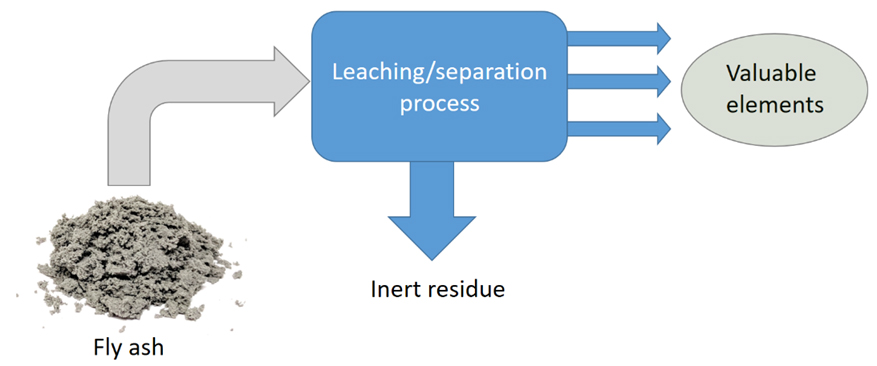
|
|
Schematic of separation process of valuable elements from fly ash. Ref Åbo Akademi.
|
|
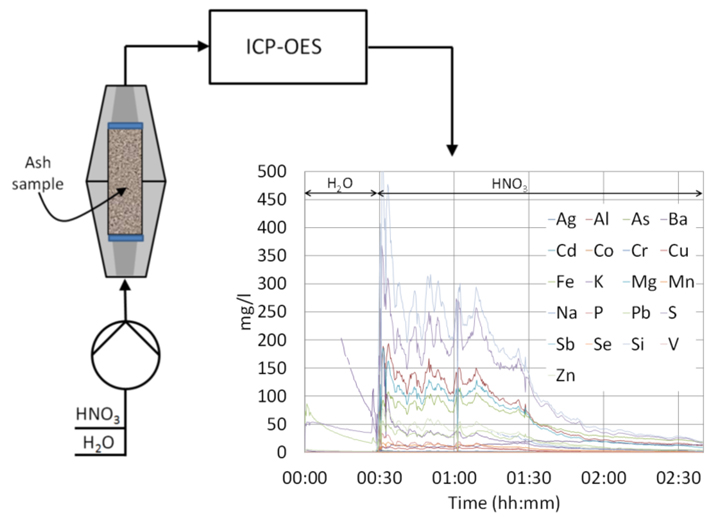
|
Leaching procedure with continuous analysis of leached elements at Åbo Akademi.
Ref Åbo Akademi.
|
|
|
|
WtE 2030 events
WtE 2030 kick-off took place in Trondheim on 22nd – 23rd May 2018. It was an opportunity for the partners to meet face-to-face and discuss how to initiate the main activities of the project.
|
|
Workshop, seminar and Steering Committee meeting Oct. 2018
|
The next WtE 2030 event took place in Oslo on 30th – 31st October. It included:
|
- a seminar presenting the current status of the various project activities
- a Steering Committee meeting
- a joint workshop with the GrateCFD KPN project including a site visit (see picture below) at the EGE Oslo Haraldrud WtE plant. Presentations at the workshop focused on Oslo as the European Green Capital 2019 and WtE development seen from Norway, while two plenary discussions addressed hot WtE topics, namely the Circular Economy and the upcoming, revised BREF WI.
|
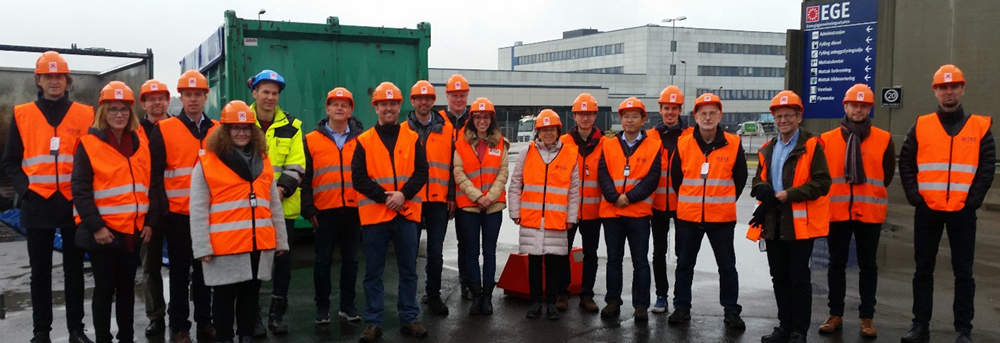
|
|
WtE 2030 participants during the EGE Oslo Haraldrud WtE site visit. Picture: Michael Becidan.
|
|
|
|
Other news
|
IEA (International Energy Agency) Bioenergy Task 36
|
It is essential to be active in strategic and network arenas in order to stay at the forefront of technological (and non-technological) evolutions in the sector and to represent the interests of WtE 2030 partners. SINTEF represents Norway in the IEA Bioenergy Task 36 "Waste management systems in a circular economy" (formerly "Integrating Energy Recovery into Solid Waste Management Systems"). 2018 was an important year as a new triennium work program (for 2019-2021) had to defined. After much discussions between interested parties, central topics were selected and are summarised in the picture below (Ref. IEA Bioenergy Task 36) . Seven countries have confirmed their participation in the task: Australia, Germany, Italy, Norway, South Africa, Sweden and USA.
|
|
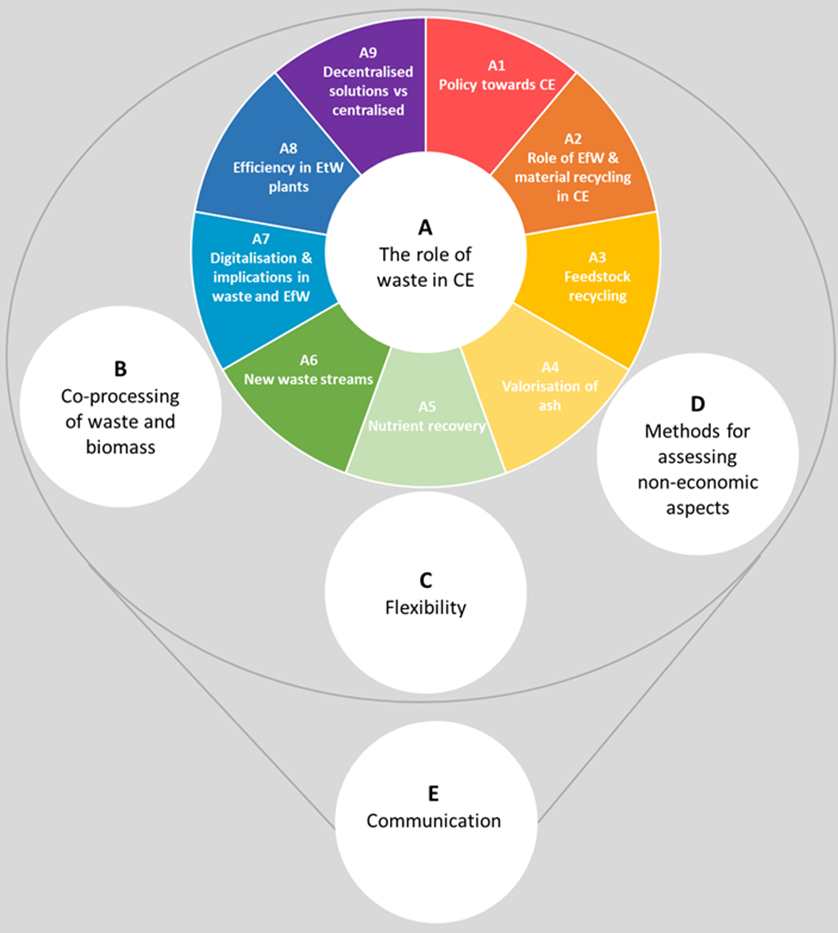
|
|
(Ref. IEA Bioenergy Task 36)
|
|
|
|
|
WtE 2030 in EERA (European Energy Research Alliance) Bioenergy News
|
|
|
|
|
|
|
|
Contact details
|
Authors: Michael Becidan, Elisa Magnanelli, Dag Roar Hjelme, Emil Vainio.
|
|

|
|
|
|
|
|
|
|